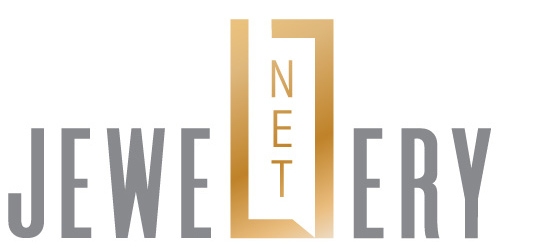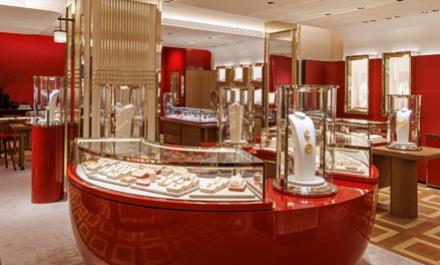High-end jewellery could be a key driver of growth in China’s luxury spending next year alongside other big-ticket items and travel experiences, a new report revealed.
Hong Kong-based business consultancy MDRi recently released its China Luxury Consumer Forecast 2025, presenting an in-depth analysis of luxury consumption trends in China and Hong Kong. According to the report, Chinese consumers are exhibiting sophisticated preferences for experiences, domestic brands, sustainability and innovation.
As such, high-end jewellery, handbags and travel experiences are expected to drive luxury spending in China, with nearly 60 per cent of consumers planning to allocate a larger portion of their budgets to luxury travel.
By comparison, positive sentiment is less pronounced in Hong Kong, where the luxury market is becoming increasingly polarised, the report said. Over 10 per cent of consumers in each luxury category in Hong Kong plan to reduce their spending, showcasing a cautious approach.
Simon Tye, CEO of MDRi, said China is currently experiencing a dynamic shift in the luxury market, with latest industry data unveiling contrasting trends: Certain luxury conglomerates are witnessing declines in Asia-Pacific revenues while others have observed growth in parallel instances.
“This disparity prompts inquiries into the authentic sentiments of Chinese luxury consumers,” noted Tye. “Luxury brands should obtain deep understanding of the unique preferences, behaviours and aspirations of consumers in these cities that are conducive to crafting highly targeted and resonant marketing strategies.”
What the jewellery consumer wants
The report also revealed prevalent consumer preferences in the luxury jewellery category in the two markets. In China, 55 per cent of respondents favour yellow gold while 52 per cent are into diamond jewellery. They also place a premium on easily recognisable brands.
Hong Kong consumers, on the other hand, gravitate towards diamonds (61 per cent) with a stronger emphasis on craftsmanship. Both Chinese and Hong Kong buyers also consider resale value when making purchasing decisions, according to the MDRi report.
The top three luxury jewellery brands in China are Cartier, Chanel and Bulgari while Cartier, Chanel and Gucci are high on the shopping lists of Hong Kong buyers.
2024
China recorded stronger growth in the luxury sector in 2024, with an average annual spend of RMB234,500 (around US$32,190), a 7 per cent year-on-year increase. Spending in Tier 2 cities surged by 22 per cent, outpacing Tier 1 cities.
Meanwhile, Hong Kong’s luxury spending rose modestly, with average expenditures increasing 3 per cent to HK$223,900 (approximately US$28,817). Significant growth was seen in high-value items like jewellery ( up 64 per cent) and handbags (up 66 per cent), highlighting a preference for big-ticket purchases.
Tye further highlighted “profound transformations” in the Chinese luxury segment, largely influenced by the younger generation, particularly Gen Z, who are not only redefining luxury consumption but could also reshape the global luxury industry.
“Their demand for personalisation, wellness and sustainability, combined with a strong inclination towards innovative Chinese brands, signals a departure from traditional luxury norms,” he noted. “As they prioritise exceptional experiences and meaningful connections over mere ownership, existing and new brands must adapt to these evolving expectations.”
The survey was conducted from April to May 2024, with a sample size of 1,500 luxury consumers from China and 500 luxury consumers from Hong Kong. All respondents were required to have made purchases of luxury items and to have spent a minimum of 50,000 in their local currencies on luxury purchases within the past 12 months.








